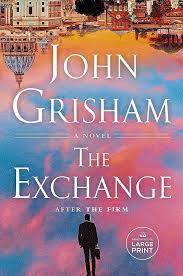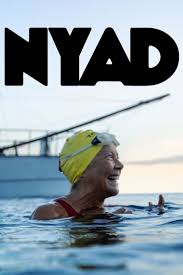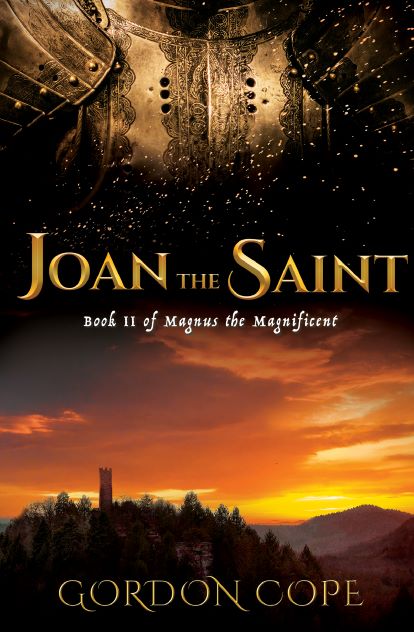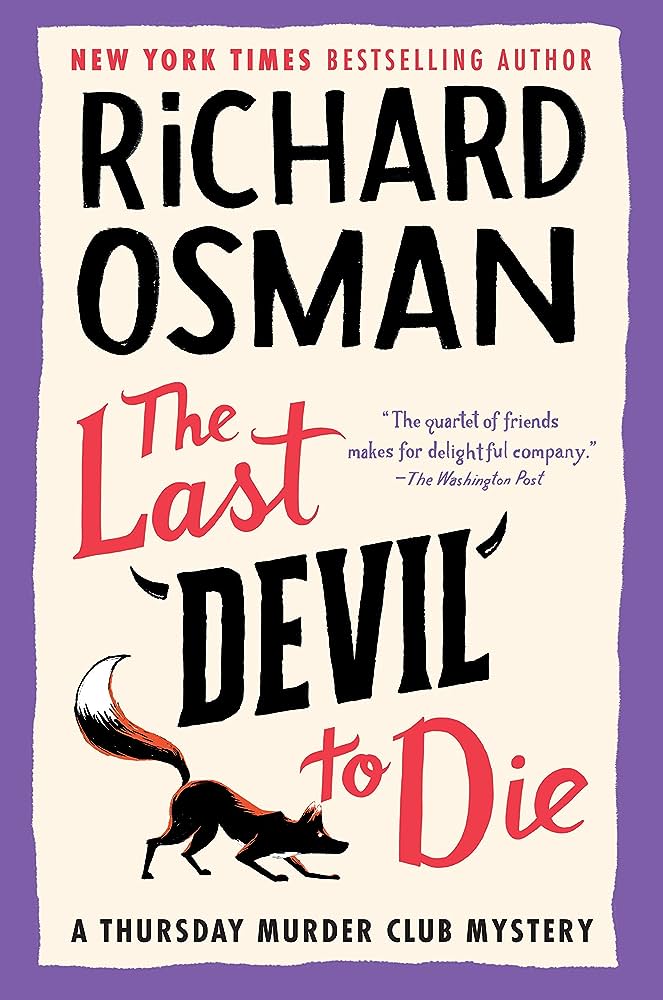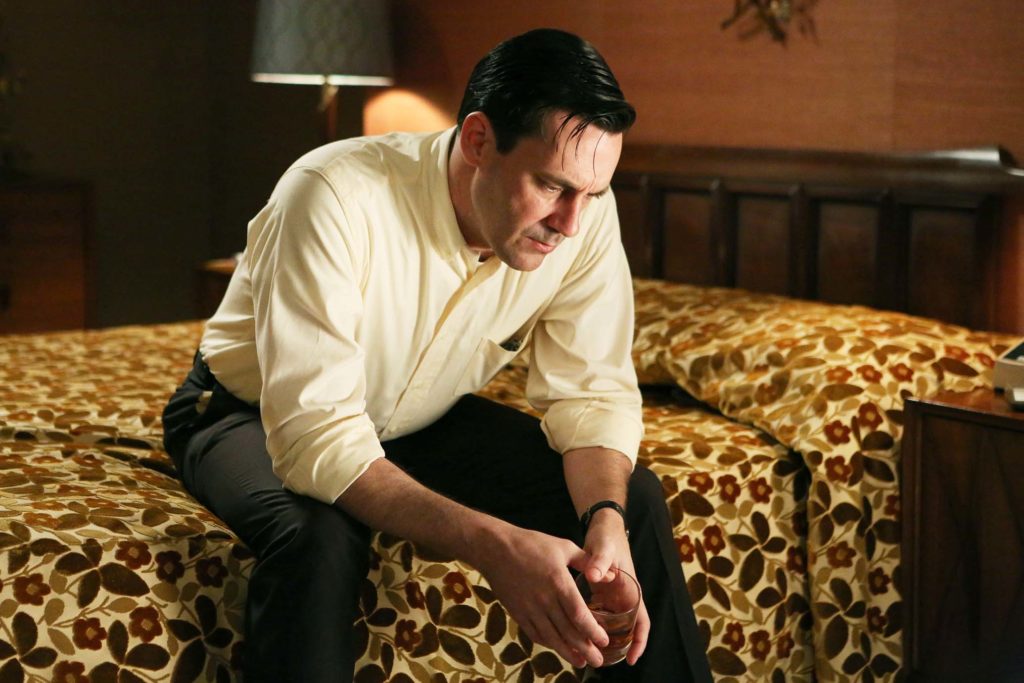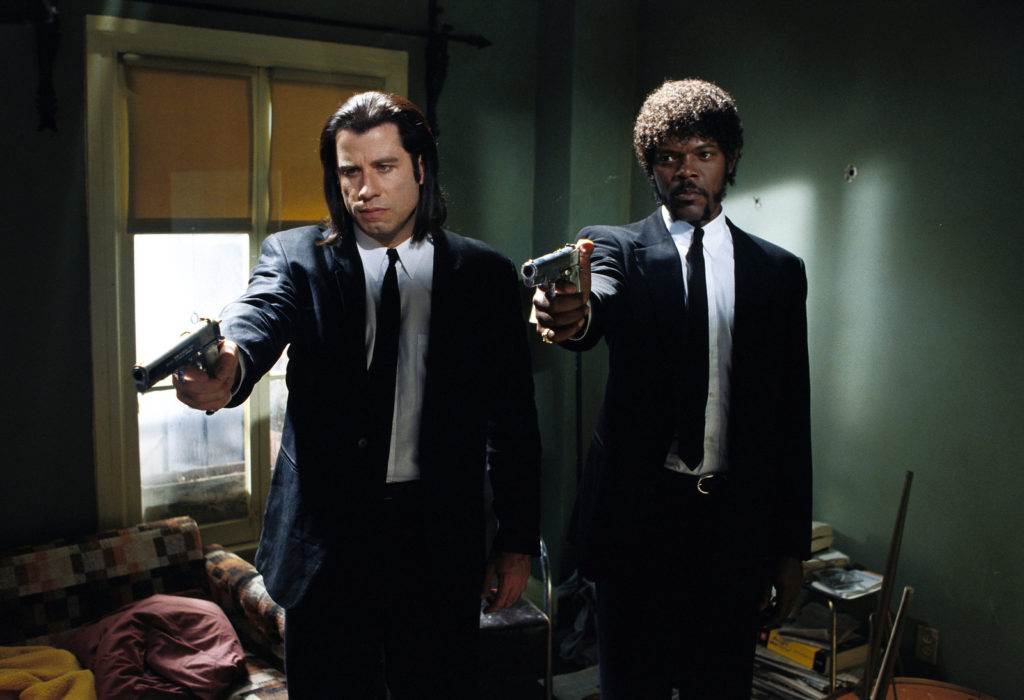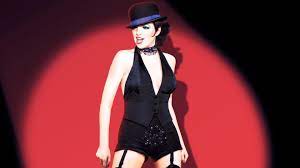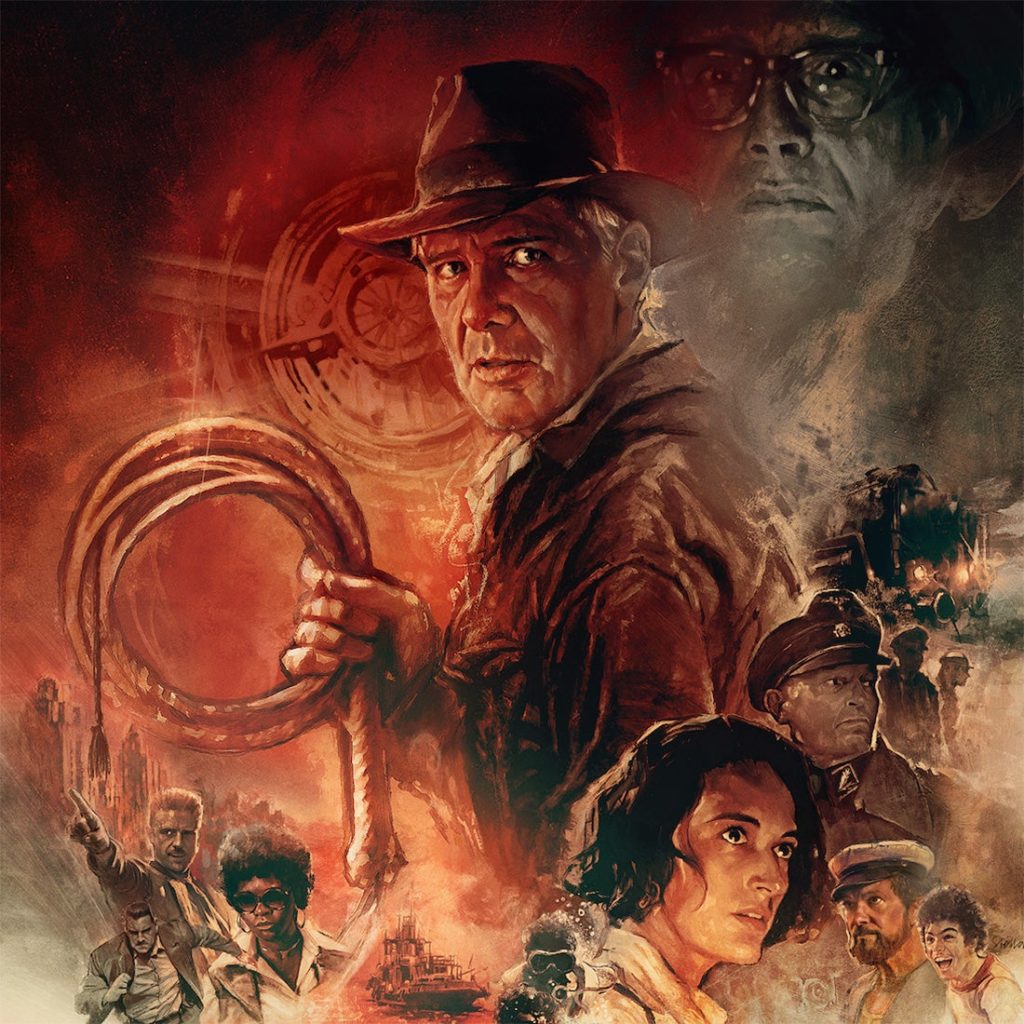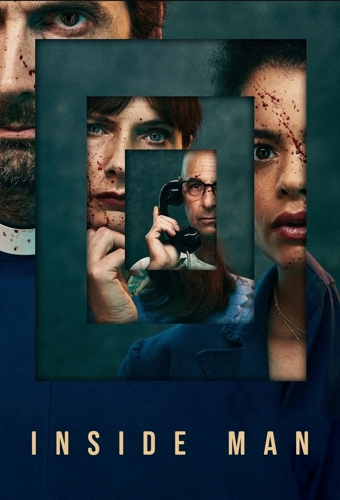Life in Mexico

There’s a line of coconut vendors at the side of the toll road heading toward Colima. Just past that is a shady cantina consisting of half a dozen picnic tables and a cow.
The cantina serves ‘pajarete’, which is made from milk straight from the cow. The vendor then adds vanilla, chocolate, strawberries and pure cane liquor. Essentially, it’s a milk-shake for alcoholics.
Because cows are milked in the morning only, pajarete is consumed at breakfast, and you can see many a thirsty truck driver at the cantina bracing themselves for the windy mountain roads ahead.
Pajarete tastes best when drunk from a clay mug, but if you’re in a hurry, they have go-cups that fit into the beverage holder on your console. The nice thing is, if you run out of gas, you can probably pour it into the tank and it will work just as well as the stuff you buy at Pemex.
FYI: Pajarete is also known as the ‘drink of death’, due to the fact that unscrupulous vendors swap out the cane liquor with wood alcohol. About two dozen people have been killed in the last year.
Recipe; Fish and Shrimp Curry

This is a great way to enjoy the fresh seafood we have in abundance in Manzanillo. Easy to prepare, and delicious to eat!
Ingredients
1 lb of dorado (or any white fish), cut into 1-in cubes.
12 peeled shrimp
2 Tsp of butter
Half an onion, chopped
Half a red pepper, chopped
2 garlic cloves, chopped
1 tsp of ginger, minced
1 Tsp of curry powder
1 tsp of cumin
1 tsp of paprika
1 can of peeled tomatoes
Fresh coriander and mint.
Directions
In a Dutch oven or large pan with lid, lightly fry the fish and shrimp in butter. Remove.
Fry the onion, garlic, ginger, pepper, and spices (add a little more butter if it gets dry).
Add the tomatoes, cover and simmer on low for about 20 minutes.
Return the fish and shrimp to the pan and simmer for another two minutes.
Serve on rice with mint and coriander topping.
Enjoy!
Read all my books with a subscription to Kindle Unlimited!
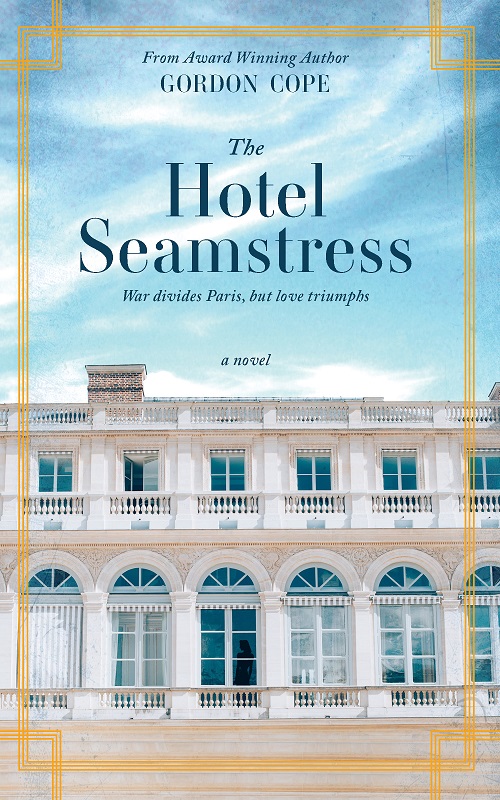
You can also purchase eBooks and Paperbacks on Amazon!
Book Review

The Paradise Trilogy
By Elin Hilderbrand
We’ve always been big fans of Elin Hilderbrand, who has written about a million novels set in the island of Nantucket. As an author, she creates a background ‘bible’ for every major fictional character, in which their life is lovingly detailed with everything from their favorite childhood sundae to the designer jeans they wear.
I know, it sounds a little over the top, but this allows the celebrated ‘Queen of the beach read’ to take the dramatic circumstances of the main characters (death of a child, a cheating spouse), and weave a rich tapestry that literally pulls you into their lives.
The Paradise Trilogy (Winter in Paradise, What Happens in Paradise, and Troubles in Paradise), is an outlier for two reasons. Most of Hilderbrand’s novels are stand-alone, in that they rarely have sequels. The trilogy is also set in the US Virgin Islands, which happens to have an identical tropical environment to what we experience in Manzanillo.
The series revolves around Irene Steele, wife of Robert Steele and mother to two adult sons, Baker and Cash. She lives in Iowa City in a Victorian house; its restoration has been her main occupation while her husband travels the world on business.
Irene’s life is turned upside-down, however, when her husband dies in a helicopter accident in the US Virgin Islands. When she journeys there with her two sons, she learns that Robert owned an immense mansion overlooking the St. John harbor.
She also discovers that he has been living a secret life with a mistress in the mansion. As the plot unfolds, her bewilderment turns to anger as she realizes the depths of duplicity that her husband has descended. One twist follows another as she and her sons try to adapt to the new reality of their lives.
We both found the series very addictive, and read all three books in a matter of days! I highly recommend The Paradise Trilogy.
Documentary Review

The Greatest Night in Pop
Streaming on Netflix
In January 28, 1985, three dozen of the greatest pop stars on the planet got together for a single night to record We Are the World, a pop tune designed to raise money for the relief of starvation in Africa.
The original idea came from Harry Belafonte, who had been inspired by the Christmas Carol, Do They Know It’s Christmas? He asked friends Lionel Ritchie and Michael Jackson to write the tune and lyrics, and encouraged American and European stars to participate.
The challenge, of course, was to get all the singers in one room for one night. They chose the evening of the American Music Awards, knowing that the majority of participants would be in Los Angeles to celebrate, and then cajoled stars like Bruce Springsteen who were on tour to make a special detour.
The documentary largely relies on taped footage that was recorded during the rehearsal and performance, as well as interviews conducted by director Bao Nguyen with participants such as Richie, Springsteen and Huey Lewis. In the end, the documentary is much more than a stroll down musical memory lane as it is a revealing insight into the real people behind the carefully crafted public personas of the performers.
The song was rewarded a Grammy and ended up raising $100 million in aid. I highly recommend The Greatest Night in Pop.
Mexican Strawberry Champagne Cocktail

We’re celebrating Linda’s birthday this month, and there’s no better way than Champagne on the beach!
Ingredients
Strawberries
1 Tsp of lemon juice
½ tsp of vanilla extract
Champagne (or any dry sparkling wine)
Gently pulse the strawberries, lemon juice, vanilla extract and crushed ice in a blender, then mix with bubbly in a large wine glass. Enjoy!




